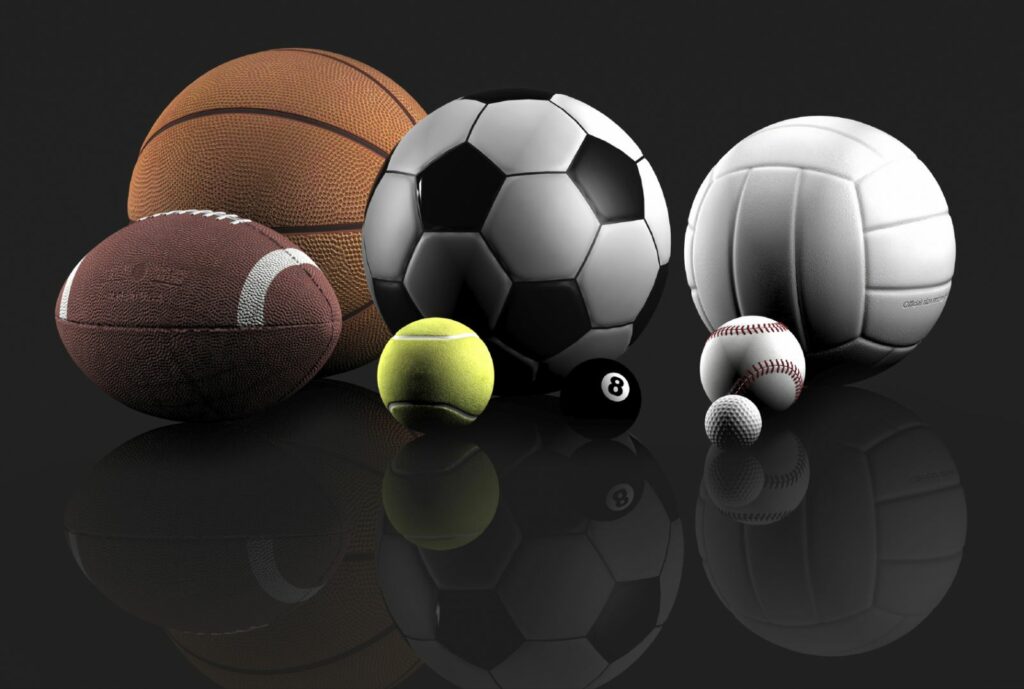Here’s a rundown of why and how head to records of head can be crucial. Here’s a breakdown of why and how head-to-head records can be important:Psychological Edge:
Morale and Confidence Team members with a positive head-to-head record could be more confident whereas opponents could be less confident.
Intimidation Factors: A strong head-to-head record could create a psychological barrier the side that loses.
Tactical Intelligence:
Strategic planning: Coaches or players could look back on past games and analyze what worked well, or not as well. This could provide insight into tactics that work.
Matchup Issues. Certain types of play and matchups could favor one team or the other. This is crucial to consider when planning.
Performance Patterns
Consistent Results: Consistent outcomes across multiple games could suggest a underlying advantage either player or team could have over another.
Condition-Specific Records: Head-to-head records may highlight differences in performance with respect to specific conditions, such as home against. away matches, different locations, or even surfaces (in sports like tennis).
Relevance of Statistics
Sample Size. The higher the number, the more reliable it can be for making predictions. A small number of games may not be able to offer a statistically valid basis for predicting.
Recent Form in comparison to. Dominance from the past. The relative significance of head-to-head records must be evaluated against recent performance. A historically dominant team might not be in form in the present, which could reduce the importance of their previous performance.
Changes and Injuries:
Team Changes : As rosters change over time, as due to changes in the roster, injuries or retirements The dynamic as reflected in head-to-head records can change.
Coaching Changes. A new coach might bring different tactics and motivation, which may alter the balance as shown by previous results.
External Factors
Location and conditions: The location at which the matches were played could influence head-to-head records. Certain players or teams perform better under specific conditions or at certain venues.
It is crucial to think about the importance of a game. The significance of a match (e.g. the finals or regular season) will affect the performance of the team and might not be reflected in head-to-head figures.
Head-to-head statistics can be useful in predicting the outcome of sports, but they shouldn’t serve as the sole source of information. A thorough analysis must account for current form as well as player availability in addition to tactical changes and other factors that can increase the accuracy of predictions. Read the recommended tennis predictions at matchstat.com for blog recommendations.

What Is The Role Of Weather In Making Predictions About The Outcome Of Sports?
Weather conditions can greatly impact sports results, and their significance varies based on the sport, the specific teams or players involved, as well as the location of the occasion. There are many reasons that weather conditions affect sports results.
The weather conditions have an immediate impact on outdoor sports, such as baseball, football cricket, and many more. Weather, temperature and wind can affect the playing surface as well as ball behavior.
Surface Conditions: Wet slippery, icy, or muddy surfaces can hinder the game, increase the chance of injuries, and alter the ball’s control. The soccer games that are played in the rain with heavy downpours, for instance typically, have fewer goals.
Player Performance:
Heat and Humidity – High temperatures or humidity may affect the performance of athletes by causing fatigue, dehydration and heat-related ailments. It’s crucial for endurance sports, like cycling or marathon running.
Cold Weather: Cold temperatures can influence muscle performance. They can also increase the risk of injuries like tears and sprains. Players might also be less relaxed and more susceptible to errors.
Tactical Modifications
Game Strategy: Teams could modify their game strategies based on the conditions of the weather. For instance, in American Football, teams may be more focused on passing and running when it is windy.
Equipment and gear: Weather conditions influences the selection of equipment, for example footwear and clothing. In cricket, for instance teams may decide to start bowling when there clouds or humid weather. This will aid the bowling swing.
Home Advantage:
Acclimatization – Home teams are likely to be more acclimatized to the local climate. Teams from colder climates could have an edge in snowy conditions, while teams with warmer climates could be more successful in hot conditions.
Fans: A weather-related issue can reduce attendance and the support from fans, which could influence the advantage at home.
Historical Performance:
Weather-specific record: Teams and athletes typically have records that demonstrate how they perform under specific conditions. Analyzing these records may provide insight into the potential outcome.
Consistency. Certain teams or athletes might perform well regardless of the conditions. This shows an impressive adaptability. Other teams and players could show considerable variation.
Security Concerns
Postponements and cancellations of matches: Severe conditions can result in the postponement or cancellation of events. This can cause disruption to schedules and also impact team fitness and player momentum.
Risk of Injury: Weather conditions that are adverse can increase the chance of injury which could affect not only the game in question but also future matches.
Examples from Different Sports:
Soccer and Rugby. Rain can make a field slippery. This will reduce the ball’s control.
Baseball: The wind affects the ball’s trajectory and could influence the outcome of pitching and hitting.
Golf: Rain and wind can have a significant effect on the accuracy of your shots and range, which will influence your score overall.
It is vital to keep in mind that weather conditions can be a significant factor in predicting sports results especially when it comes to outdoor activities. They influence player performance, team dynamics and game strategy. To increase accuracy, you should consider the current and predicted conditions for the weather as well as other aspects like team performance, injuries and home-away records. Follow the most popular ai tennis predictions for website examples.

What Is The Importance Of Taking Into Take Into Account The Odds Of The Market And Their Movements When Attempting To Forecast The Results Of Sporting Events?
The importance of market prices and trends in predicting results of sports depend on a range of variables. Here’s why:Aggregate wisdom:
Effective market: Betting markets are considered to be efficient when they aggregate the collective opinions and experience of multiple bettors. The odds are a reflection of a consensus regarding the most likely outcome.
Information Incorporation : Market odds incorporate data quickly like news of teams, injuries, or weather conditions. They’re a great real-time source of data.
Indicator Confidence
Probability Evaluation: Odds indicate the odds the betting exchanges assign to every outcome. Lower odds indicate greater probability.
Market Sentiment. The changes in odds that occur suddenly or gradual can indicate a shift in the market’s sentiment. They could reflect recent information or changes in perceptions.
Risk Assessment:
Bookmakers make odds adjustments to manage their risk and balance the books. Knowing these adjustments will help bookmakers understand their perceptions of the game’s likely outcome as well as the associated risks.
Arbitrage Opportunities: Discrepancies between different bookmakers’ odds can present arbitrage opportunities, which allow bettors to earn profit by placing bets on any outcome that is possible.
Influence on public perception:
Public Perception. Market risks influence public perception. Media coverage can shape expectations and influence the morale of players and teams.
Self-fulfilling Proverb: When there is a lot of attention paid to games with heavily favored team an increase in betting could result in further shifts of odds and possibly reinforce the anticipated outcome.
Correlation Statistics:
Accuracy Indicator: Market odds generally reflect the probabilities of achieving outcomes. This is especially the case in well-regulated and liquid markets.
Calibration: Comparing the market’s odds with statistical forecasts can aid in assessing the reliability of both models and detect any discrepancies.
The Market Bias
Overreaction: Markets may react too quickly to certain events, like injuries to key players, or team performance in recent times that result in an exaggerated movements in the odds.
Bookmakers are often unaware of the potential of teams considered underdogs, especially in important matches. This can create value betting opportunities for savvy bettors.
External Influences
Manipulation Risks: Betting markets could be influenced by factors unrelated to the actual game including speculation, rumors, or even attempts to fix the match. It is essential to know the risks involved when interpreting fluctuations in odds.
Modifications to regulations: Changes to gambling regulations or the dynamics of the market can influence the odds and efficiency of markets.
Contextual Analysis
Complementary tool. Market odds are an excellent tool that can be used alongside other factors when making predictions. This includes team structure as well as injuries to players and tactical considerations.
Integration with Models: Market odds can be integrated into predictive models, either directly as input variables, or as a benchmark for assessing model performance.
Market odds and movement are important in predicting sports results, because they reflect general sentiments and wisdom of the betting community. Market dynamics aren’t perfect but they are an effective tool to predict sporting results. 